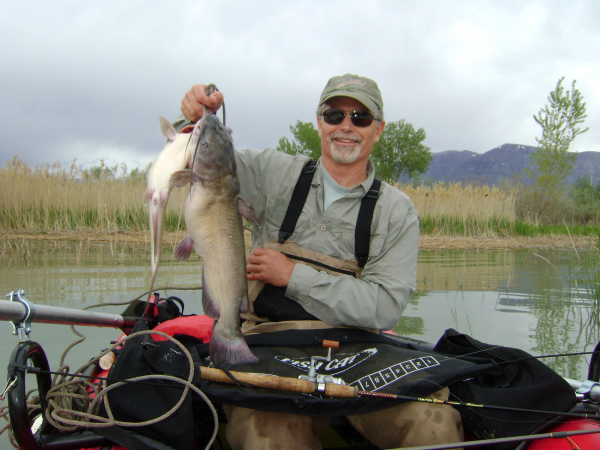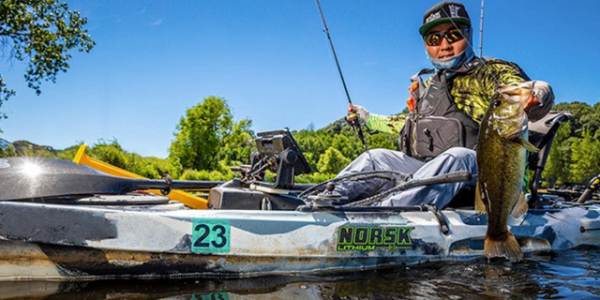Eating Safe Fish
By Glen Wunderlich
It’s hard to beat the taste of panfish such as bluegill. Catching them is a great way to introduce youngsters to fishing, because they are so prevalent in many of Michigan’s inland lakes. However, eating them should be done with regard to certain toxins, and accordingly, Michigan has produced a guide covering each county: Michigan Eat Safe Fish Guide.
What follows are some tips to minimize the consumption of contaminants and to actually help the populations of bluegills.
When you clean your fish, try trimming away as much of the fat as you can see. Some chemicals, like PCBs and dioxin, are stored in the fat. If you cut out the fat, you cut down on the chemicals in your fish. Just note, you can’t remove mercury from your fish by trimming, because it is stored in the meat of the fish.
Not only is grilling or broiling fish healthier than frying, it also helps to get rid of more chemical-carrying fat. When a fish is cooked on a grate, any fat hiding inside the filet can melt and drip away from the fish. This removes even more of those harmful chemicals.
Avoid larger fish – especially predatory fish, because they have concentrated amounts of toxins; smaller fish are typically younger and will have accumulated less, if any, contaminants.
If you’ve found that many of the bluegills in a particular body of water are under-size, you can help to balance the natural ecosystem by either releasing the larger ones or simply not targeting them while they are on their beds in nesting colonies.
The Minnesota DNR offers the following advice and it certainly applies to us in Michigan, as well.
To protect big sunfish and avoid stunted populations of sunfish, it is best for anglers to release large sunfish, and keep smaller fish for eating.
Sunfish spawn in large nesting colonies during the spring and early summer. Parental male sunfish build and defend nests. Females will select a male, lay eggs, and leave them for the male to protect and fan with his fins. These nest-building male sunfish play an important role in repopulation with the largest sunfish often getting the best spawning sites.
When anglers keep only the largest sunfish, which are usually males guarding nests, the remaining small males don’t need to compete with larger males to spawn. Instead of growing, they devote their energy to spawning at younger ages and smaller sizes.
Spawning sunfish are particularly prone to over harvest because they are very aggressive while defending a nest. Anglers can help by releasing spawning sunfish, especially large, nesting males. Released fish have a high survival rate and will typically return to their nests to complete the spawning cycle.
“To maintain a high quality fishery, it’s important that anglers, guides and resort owners, all understand the important role these large nesting fish play, and that we all work together to exercise a conservation ethic that ensures these fish thrive,” said fisheries supervisor Dave Weitzel.
This is good advice that will not only promote a better fishery, but will keep us safer from hidden and tasteless chemicals.







